Cats are curious creatures with a natural instinct to explore and lounge in the great outdoors. However, the outside world can pose numerous risks to our feline friends. This is where a catio, or cat patio, comes into play.
It's a safe space that allows your cat to enjoy fresh air and nature without the dangers of roaming free. But what exactly do cats like in a catio? Let's dive into the essentials of building a catio that your kitty will adore.
Key Takeaways:
- A well-designed catio should cater to a cat's instinctual behaviors such as climbing, scratching, and lounging.
- Safety and comfort are paramount in a catio, ensuring protection from wild animals and other dangers while providing a cozy environment.
- Catios can be customized to fit any outdoor space and can include various features to keep your cat entertained and content.
Understanding the Feline Mindset
Cats are both predators and prey in the wild, which means they have a complex set of instincts and needs. A catio should cater to these instincts by providing opportunities for your cat to climb, hide, and observe their surroundings.
By incorporating climbing structures and safe hiding spots, you can create an environment that feels both stimulating and secure for your furry friend.
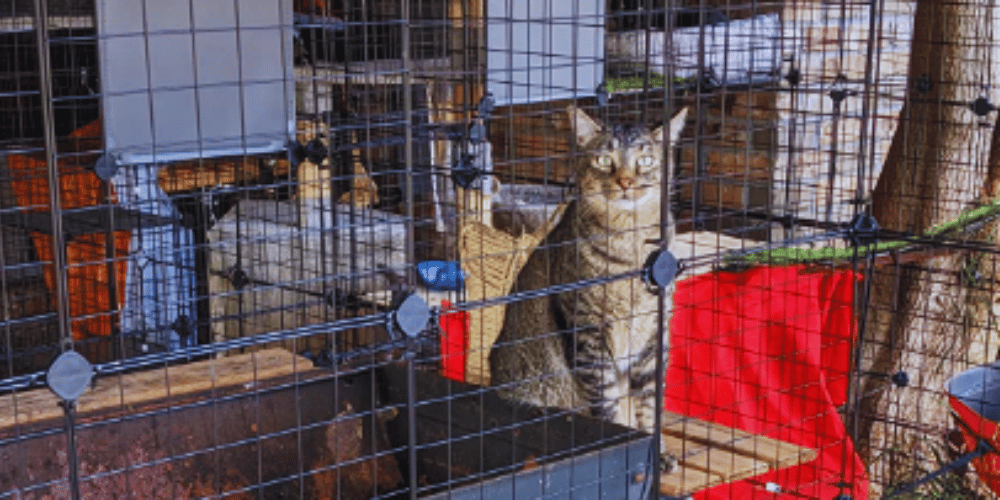
The Importance of Safety
The primary purpose of a catio is to keep your cat safe while allowing them to enjoy the outdoors. This means the catio frame should be sturdy and made from materials like wooden frame and chicken wire that prevent escapes and protect against predators.
The enclosure should also be wildlife safe, ensuring that local wildlife and your cat remain separate.
Climbing and Scratching: A Cat's Delight
Cats love to climb and scratch as it allows them to exercise and mark their territory. Including cat trees and scratching posts in your catio will satisfy these natural behaviors.
These features not only keep your cat entertained but also help to maintain their physical health by providing a form of exercise and a way to care for their claws.
A Cozy Spot to Lounge
After a good climb or scratch, cats enjoy lounging in a cozy spot to nap or watch the world go by. Providing comfortable bedding or hammocks in sunny spots will give your cat a perfect place to relax. This is especially important for indoor cats who may not have as many opportunities to bask in the sun.
The Allure of Fresh Water and Food
Cats prefer fresh water, and having a water source in the catio ensures they stay hydrated while they spend time outside. Additionally, some pet parents choose to place food in the catio, which can encourage more hesitant cats to venture into the new space. However, food should be managed to avoid attracting other animals.
Observing the World: The Visual Joy for Cats
Cats are not just predators; they are also curious observers of the world around them. A well-designed cat enclosure should offer your feline friend ample opportunity to watch the day go by.
Many cat owners forget that cats are visual creatures, and having a spot where they can gaze upon the outdoor environment safely is a treat for them. Whether it's birds fluttering in the trees or leaves dancing in the wind, these sights can provide endless entertainment for an indoor cat.
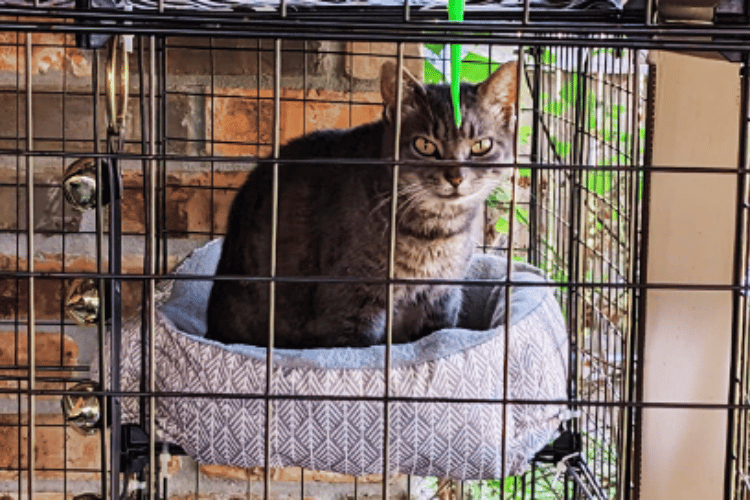
Incorporating elements such as elevated platforms or secure shelves in your cat patios can give your pets a vantage point to survey their kingdom. This not only satisfies their need for more territory but also keeps their minds active and engaged.
Remember, a bored cat is often a mischievous cat, so providing visual stimuli is crucial in creating a stimulating outdoor haven that will keep your cat indoors, happy, and out of trouble.
The Role of Textures and Surfaces
Cats are tactile creatures, and the inclusion of various textures and surfaces in a catio can significantly enhance their outdoor experience. Outdoor cats often encounter a myriad of textures in their environment, from the softness of grass to the roughness of tree bark.
Replicating this in a catio can provide a sense of familiarity and comfort. Consider incorporating different flooring materials such as wood, pebbles, or even a patch of grass. This not only appeals to their sense of touch but also helps in keeping their claws in good condition.
Moreover, integrating structures made from other materials like rope, carpet, or cardboard can offer your feline friend an enriching scratching and climbing experience. These materials can be used to cover posts, ramps, or platforms, providing your cat with a variety of surfaces to explore and enjoy. By catering to their instinctual need to scratch and climb, you're ensuring that your catio is a stimulating environment that they'll be eager to return to.
The Thrill of the Hunt: Instinctual Play in a Catio Cats are natural-born hunters, and an outdoor cat enclosure can be the perfect stage for them to exercise these instincts. By incorporating interactive toys that mimic the movements of prey, such as fluttering butterflies or scurrying mice, you give your feline friend the thrill of the chase without the risks associated with actual hunting. This not only keeps them physically fit but also mentally stimulated, reducing the likelihood of boredom-induced behaviors.
Moreover, consider adding elements like hidden compartments or puzzle feeders to your catio. These features can engage your cat's problem-solving skills as they work to retrieve treats or toys. It's a fantastic way to replicate the investigative aspect of hunting, which is a huge part of an outdoor cat's life. By catering to these natural behaviors, you'll ensure your cat remains engaged and content in their outdoor haven.
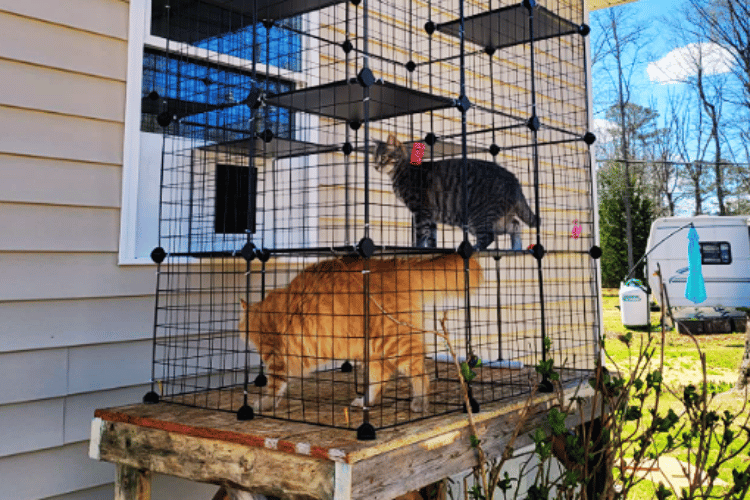
The Sensory Garden: A Whisker-Tingling Experience Imagine a garden that's not only a feast for human eyes but also a sensory delight for your feline friend. Planting cat-safe herbs like catnip, valerian, and wheatgrass can provide an outdoor cat with a stimulating environment that appeals to their sense of smell and taste. These plants can have various effects on cats, from calming to energizing, and can be a great addition to any catio.
In addition to plants, incorporating different substrates such as soft grass, smooth stones, and bark can tantalize your cat's tactile senses. Walking on these materials can mimic the diverse terrain an outdoor cat would typically encounter, making their catio experience more enriching. By creating a sensory garden within the catio, you're not only beautifying the space but also enhancing your cat's outdoor adventure.
Preventing Unwanted Guests and Issues
While catios are designed to be a safe haven for your feline friends, it's important to consider measures to prevent unwanted litters and protect against potential threats.
Ensuring that the catio is fully enclosed with proper netting or fencing can keep your cat safe from predators such as dogs and other wildlife, which is especially crucial for a kitten who may be more vulnerable. Additionally, this containment helps in preventing your cat from wandering off and contributing to the population of stray and feral cats.
Incorporating an additional space within the catio that's cozy and secluded can provide a retreat for your cat, particularly if they feel threatened or overwhelmed. This could be a small shelter or a hidden nook that allows them to observe their surroundings without being seen. Not only does this offer a sense of security, but it also caters to their natural instinct to hide and observe, making the catio an even more appealing environment for them to spend time in.
The Harmony of Nature Sounds
The auditory experience is another key aspect that many cat owners may overlook when they build a catio. The soothing sounds of nature can have a calming effect on felines, much like they do on humans. From the gentle rustling of leaves to the chirping of birds, these sounds can enrich the outdoor experience for your indoor cat, making the cat enclosure a peaceful retreat from the hustle and bustle inside the house.
To enhance this experience, consider placing the catio near natural sources of these sounds, or even adding a small fountain to introduce the tranquil sound of flowing water. This can also attract birds, providing additional entertainment. For indoor cats who are more accustomed to the sounds of a house, the introduction to the symphony of nature can be a delightful addition to their daily routine, and it's a simple way to make the outdoor cats' environment more inviting and enjoyable.
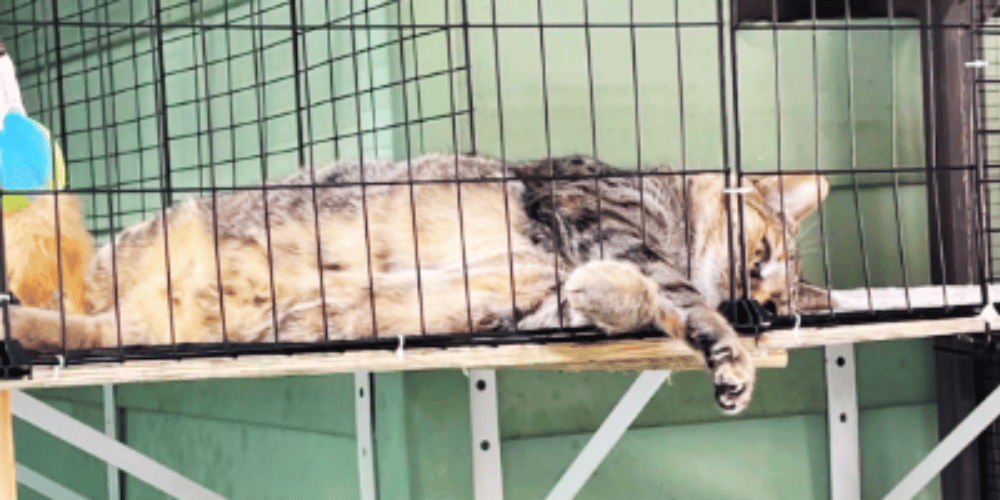
Engaging the Senses with Plants and Toys
Incorporating non-toxic plants can engage your cat's senses and bring a bit of nature into the catio. Additionally, a variety of toys can keep your cat mentally stimulated and physically active. Rotating these toys can keep the catio exciting and new for your feline family members.
The Social Aspect: Other Cats and Animals
For households with two cats or more, the catio can be a social space where they can interact. However, it's important to monitor these interactions to ensure all cats feel safe and have their own space. As for other animals, the catio should be a place where your cat can observe but not interact, keeping both your pet and local wildlife safe.
The Convenience of a Cat Door
Installing a pet door that leads to the catio allows your cat to choose when they want to go outside, giving them a sense of freedom and control. This can be particularly beneficial for free roaming cats that are transitioning to becoming more indoor-oriented for their safety.
The Benefits of a Catio
Beyond providing enjoyment for your cat, a catio can have practical benefits for pet parents. It can reduce vet bills by keeping your cat away from fights with other cats or wild animals. It can also protect birds and small mammals from your cat's hunting instincts, contributing to local wildlife conservation efforts.
Building a Catio to Suit Your Space
Catios can be built in many shapes and sizes to fit any outdoor space, whether it's a small balcony or a large backyard. Free catio plans are available online for those with carpentry skills, or you can purchase pre-made kits. The key is to customize the catio to suit your cat's needs and your available space.
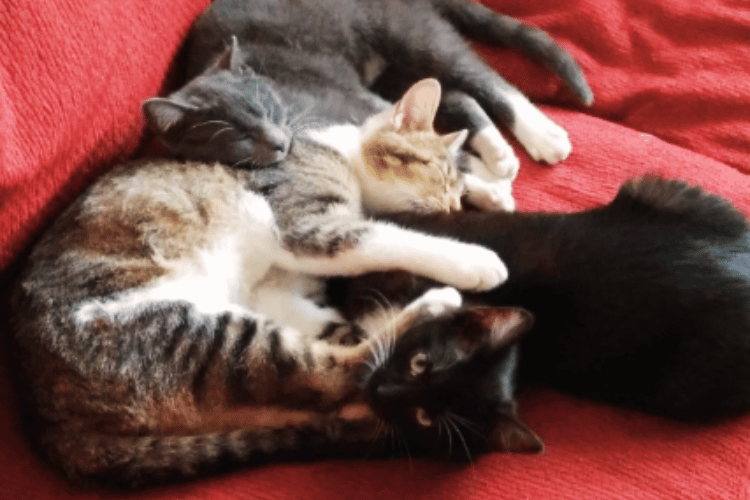
Summary
Creating a catio that your cat will love involves understanding their natural behaviors and providing for their needs. Safety, comfort, and stimulation are the cornerstones of a great catio.
By including climbing structures, cozy lounging areas, fresh water, engaging toys, and safe access to the outdoors, you can create a haven that allows your cat to safely enjoy the great outdoors. Remember, the perfect solution for your cat's outdoor adventures is just a catio away!
FAQ Section
Can a catio be built on a small balcony?
Absolutely! Catios can be designed to fit any size space, including small balconies. The key is to maximize vertical space with climbing structures and ensure the catio is securely attached to prevent any accidents.
How do I keep my catio clean?
Regular cleaning is important to maintain a hygienic environment for your cat. Include an outdoor litter box that is cleaned frequently, and ensure bedding and toys are washed regularly. Surfaces can be wiped down or sprayed with a hose for easy maintenance.
Are catios beneficial for all cats?
Most cats will enjoy a catio, but not everyone will adapt to it immediately. It's important to introduce your cat to the catio gradually and ensure it's a positive experience. For cats with special needs or those who are particularly anxious, consult with your vet to determine if a catio is a suitable option.
Thank you for visiting LegitLists we hope this helps you make a legitimate choice!






